John Arnold: 'After 51 years, I wept as I milked my last cow on my Cork farm'
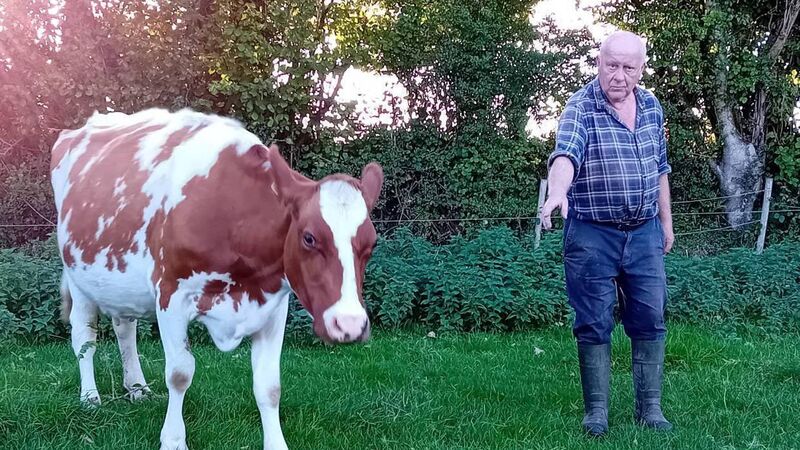
One literary critic declared that its central theme dealt with “the demise of a way of life that had survived for centuries”.
Those few words kind of summed up my feelings on last Tuesday morning as I milked my herd of cows for the last time.
In this townland of Garryantaggart, the Walsh family were the occupants and farmers in the 1700s. After that there were McGraths, Arnolds, Barry’s and Buckleys.
Around 1871 or 1872, my great great grandfather Daniel Arnold came to this place as a tenant farmer of the landlord James Bury Barry.
From what I know, cows were always milked here; 200 years ago, before the ‘Great’ Famine, every farm had three or four to provide milk and butter for the family. Back then, the cow on Irish homesteads was practically a domestic animal.
In many cases, the family shared a common dwelling with cows. Cow stalls or byres for milking were not needed. Each morning and evening, someone of the family simply sat on the three-legged stool alongside the cow and milked by hand into a bucket.
Sixty years ago, as a small boy, I remember Mam and Paddy Geary and Auntie Jo on occasions sitting on the stools over in the stall with their head resting against the warm stomach of the cow. The cows’ four teats, or paps as we called them, were pulled rhythmically and the squirt of milk made a lovely sound when it hit the galvanised bucket.
As they were milked, the cows would eat hay or mangolds, turnips or beet pulp. They were so used to being in close proximity to humans that they were generally very quiet. Any heifer or cow inclined to kick the bucket was ‘spancilled’ with a rope - her legs tied to prevent her lashing out.
During ‘The Emergency’ of World War II, an increase in agricultural production was called for – ‘one more cow, one more sow, and one more acre under the plough’.
In my father’s time farming, we had maybe 15 or so cows. He died in September, 1961, and Mam took on the dual task of rearing five children and running a farm.
We had a ‘closed herd’ - not generally buying and selling but just breeding our own animals. I remember then in the mid-1960s we got a milking machine. The arrival of rural electrification made this possible on most farms.
Austin Mulcahy was our Insurance Man, calling maybe once a month to collect the ‘contribution’. He told Mam his cousins, the Caseys in Ballynoe, were selling their Gascoigne bucket-plant milking machine and we bought it.
Each cow was milked by a suction-powered cluster and the milk went into a special vacuum-sealed bucket. The milk was then put into churns -cooled by a hose with a trickle of water. Dave Ryan collected our churns every day and took them to Castlelyons Creamery - one of its founders was my grandfather John Twomey.
A few years later, we bought a pipeline machine - Vacaar brand, from Roy Warner. This was a great advance as the milk went straight from the cow to the churn.
Dave Ryan died suddenly in 1973 so we had to get a plastic bulk milk tank - replaced a year later by fabricated steel tank which cooled the milk.
Back in 1974, when I had completed my Leaving Certificate Examinations in St Colman’s College in Fermoy I thought the world was my oyster. I’d no idea what I ‘wanted to be’ but farming wasn’t high on my list of career choices.
In August that year, when we got the Leaving results, my ‘oyster’ was shut fairly lively! Yes, I got an A in Honours Irish but no other Honour and an NG (No Grade - less than 13%) in Pass Maths.
Mam suggested: “Sure, stay at home until Christmas anyhow and we’ll see after that…” You could say that Christmas never came but home I stayed and I went milking cows.
In 1980, we ‘moved’ the milking set-up from the old stall below in the yard to a kind of green-field site where a milking parlour complete with an eight-unit Alfa Laval milking machine was installed.
So the great plans we had to milk 75 cows never came to fruition, what with bank interest rates of 22%.
Yes, it was very tough for years trying to pay back the loans we had, but we kept at it. In truth, I love animals and milking cows was such a special experience. To see cows giving birth and then three years later to witness that calf joining its mother in the milking herd was so gratifying.
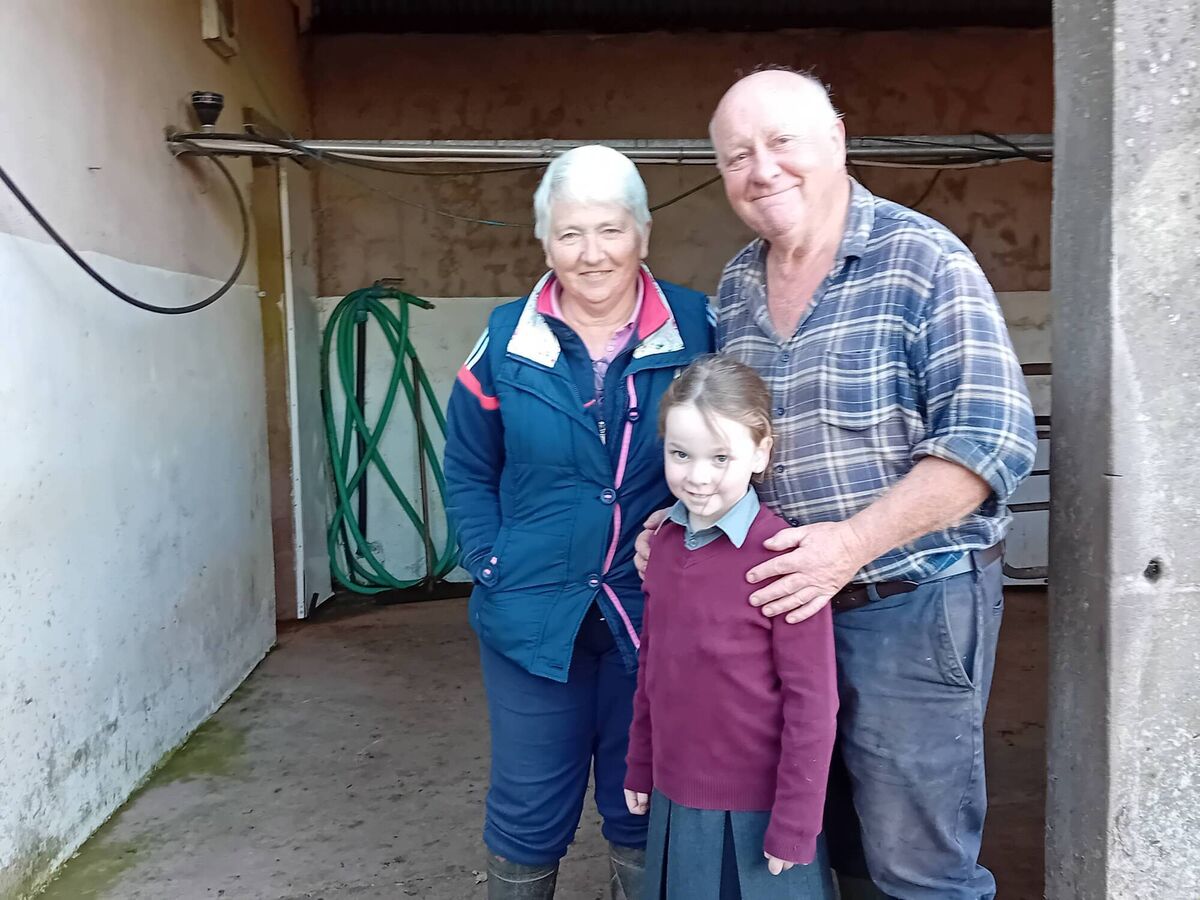
To literally ’watch’ the grass growing and see all that lush greenness turn into white foaming, creamy milk is something that always filled me with awe and wonderment.
I suppose I was an old-fashioned type of farmer – I never knocked a ditch in my half-century on the land. Be good to the land and it will be good to you, was always my motto. Similarly with animals.
‘Twas said ‘a kind word never broke anyone’s mouth’ and kindness to animals was always to the fore on our farm. Sometimes, maybe we kept cows too long - if we were ‘productive’ and ‘modern’ farmers we should have regarded them as production units but no, I never, ever thought cows or any livestock were ‘dumb animals’ – they have their own innate animal intelligence.
Earlier this year, back in the Spring, we made the decision this would be our last season milking. We thought we might ‘dry-off’ the cows in November and maybe sell them in December, or then again maybe keep them and fatten them and sell next March or April.
In , there is a line ‘Parting is such sweet sorrow’, and I knew whenever the cows would go - in a month or two or three - I’d find it hard to say goodbye.
Last week, we decided to just make the break quickly with no long ‘lead-up’ to the final farewell. So, on Monday evening, with the help of the grandchildren, I brought the cows down the road from the Field Inside The Tubular Gate. After miking I left them out in good grass in The Boiler House Field.
Yes, gone, but not forgotten - how could I forget all the cows of the last 51 years?
And so life moves on, nothing stays the same. I have all this year’s calves and maybe next year I might buy some more and grow more grass for hay and silage. And the land, the fields, the Glen, the stream, the Holy Well - ah yes, they will always be there.
On the way home from the Mart on Tuesday, I called to Mam’s grave in Rathcormac - it was September 23, exactly 29 years to the day since her funeral in 1996.


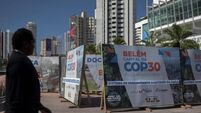
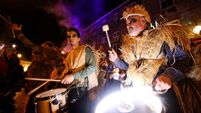
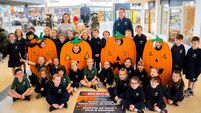


 App?
App?







